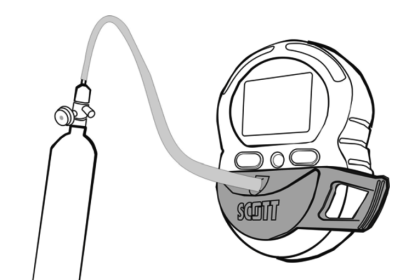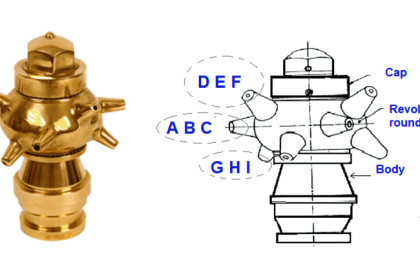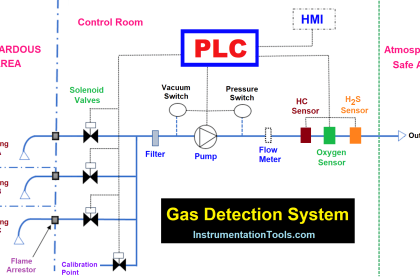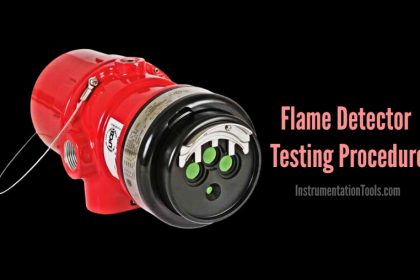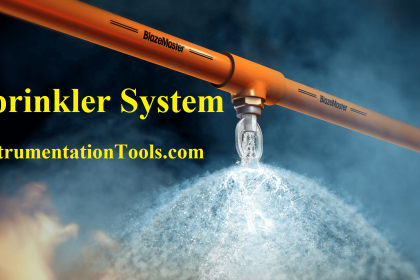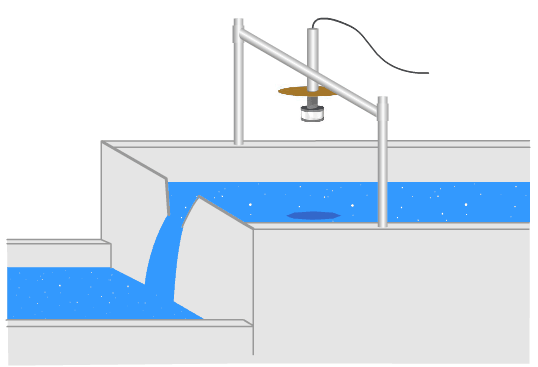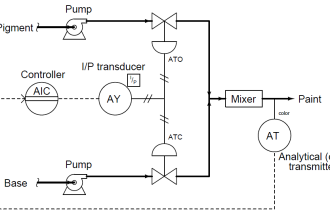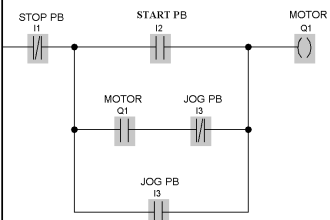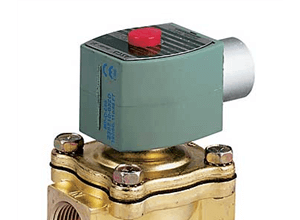Industrial processes increasingly involve the use and the manufacture of highly dangerous substances, particularly toxic and combustible gases. Inevitably, inadvertent occasional escape of gas may occur, which can create a potential hazard to the industrial plant, it’s employees and the people living nearby.
Following are the typical hazards in the Oil & Gas, Refinery / Petrochemical Industries :
1. Leakage of Combustible Gases
2. Fire
3. Leakage of Toxic Gases
Safety of Plant and Personnel
In open process plant the hydrocarbon containing equipment is so designed that, should leakages of flammable material occur, they are not very likely to escalate in to fires or explosions within the confines of the plants. This is achieved by the optimizing the layout during the design stage such that the probability of coincidence of flammable vapor – air mixture and known electrical or other sources of ignition is reduced to an acceptable level.
This is achieved through conducting Hazop Study at the design stage, providing adequate control / trip mechanism and containing the source of ignition through Exd or Exia electrical equipment.
Nevertheless, hydrocarbon releases with high potential for escalation is to be detected promptly. Instrumented detection is indispensable if detection by personal or by other means is likely to be too late to prevent escalation of the incident.
Release of toxic gases into the atmosphere will generally create the health hazard (and can even be fatal) rather than an explosive hazard, although ultimately the latter situation may develop, e.g. release of Carbon Monoxide or Hydrogen Sulphide. Generally the concentrations at which toxic gases need to be detected are at far lower level than is applicable for flammable gas detection.
Detection of the fire at the earlier stage will not only help in taking the immediate actions but will also preventing the escalation of the fire.
Major accidents to the Plant or Personal can be avoided by early detection of Fire, Flammable Gas leakage and Toxic Releases.
The objective of Fire & Gas Detection system is to
1. Minimize the risk and consequences of an accidental event.
2. Minimize the potential for hazardous occurrences
3. Ensure a safe working environment for personnel
4. Ensure adequate means of escape are provided
5 Provide sufficient safety devices and redundancy to detect, isolate and minimize uncontrolled releases of flammable and toxic liquids and gases.
6. Provide appropriate fire protection systems to rapidly bring under control and extinguish any reasonably foreseeable fire which could develop during normal operations.
7. Minimize the potential for pollution of the environment from accidental spills, venting or flaring of hazardous materials.
Statutory Requirments
Industrial development, together with the exhaustive exploitation of resources has given the world an ever increasing level of atmospheric pollution and health hazard. Government has introduced the protective legislations for Refinery and Petrochemical Industries. Fire & Gas detection system is covered by one of the protective legislations. Apart from the safety of the plant & personal, properly designed and maintained Fire & Gas Detection system also helps the company in getting various indirect advantages like discount on the Insurance premiums.


